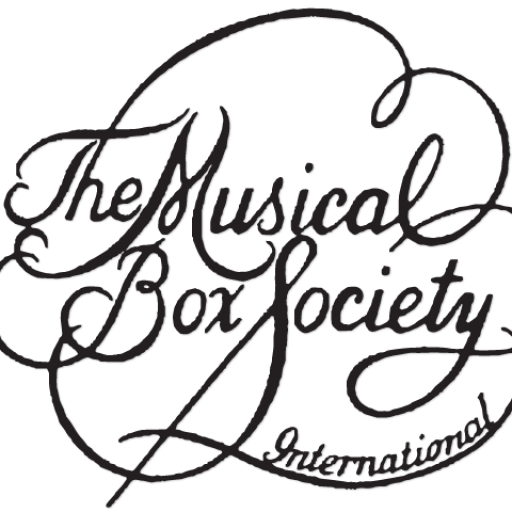Automatically-played piano which, by means of special rolls, re-enacts a recording artist’s performance, including different levels of intensity (independently controlled for bass and treble sections of the keyboard) in addition to the musical notes and the pedal action. Distinguished from an expression (or semi-reproducing) piano by having multiple intensity levels. Rolls, called reproducing piano rolls or artists’ rolls, are made from master rolls produced on a special recording piano which, with the help of a talented music editor, captures the nuances, idiosyncrasies of techniques, and the attack of the performing pianist The result is a very realistic performance when a reproducing piano is properly restored and regulated. Reproducing pianos were made in upright, grand, spinet, and cabinet (keyboardless) styles. Leading types produced c. 1905-1930 were Ampico, Duo-Art, and Welte-Mignon. Certain large orchestrions (e.g., the Hupfeld Pan Orchestra) incorporated reproducing type mechanisms. * Synonyms (used years ago, not by collectors today): artistic piano, re-enacting piano, master-playing piano, recording piano, reperforming piano. Note: In original advertising such terms as "artistic" and "uses artists’ rolls" were often used to describe regular (non-reproducing) types of automatic pianos.
